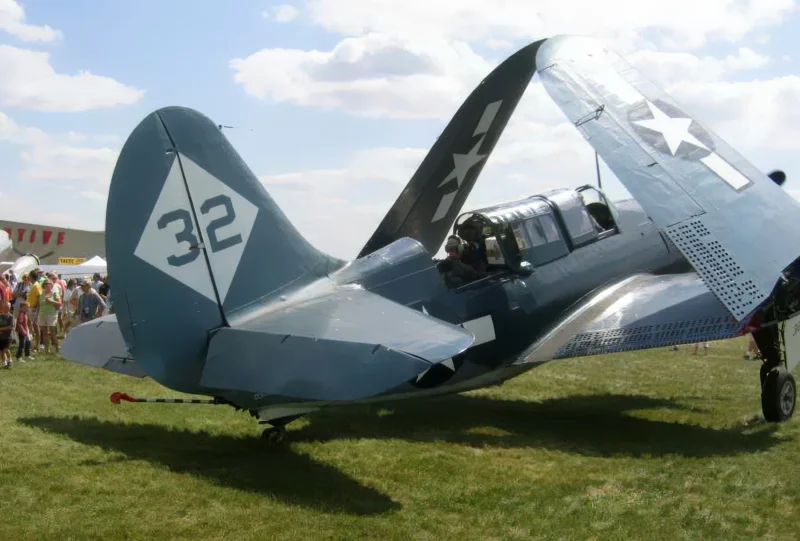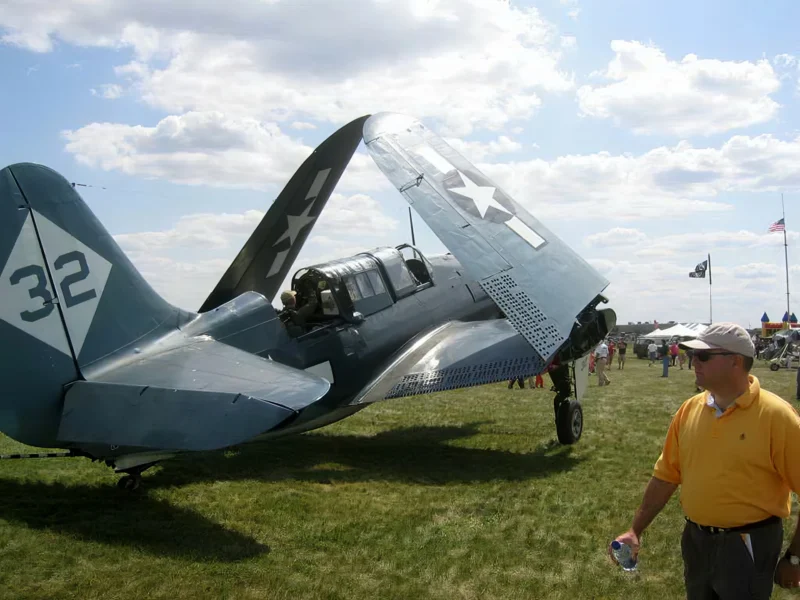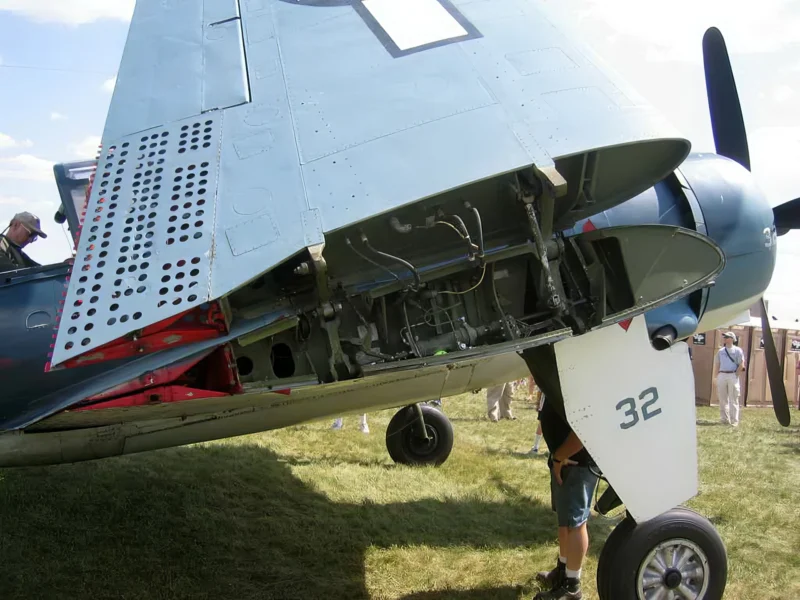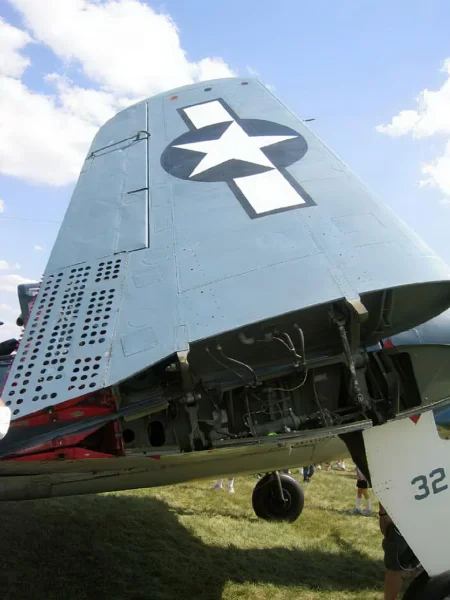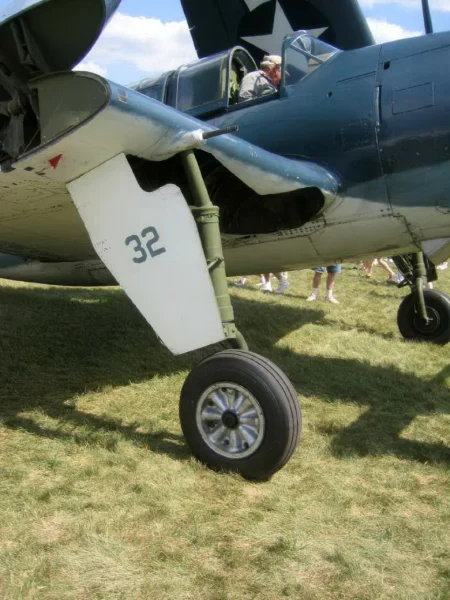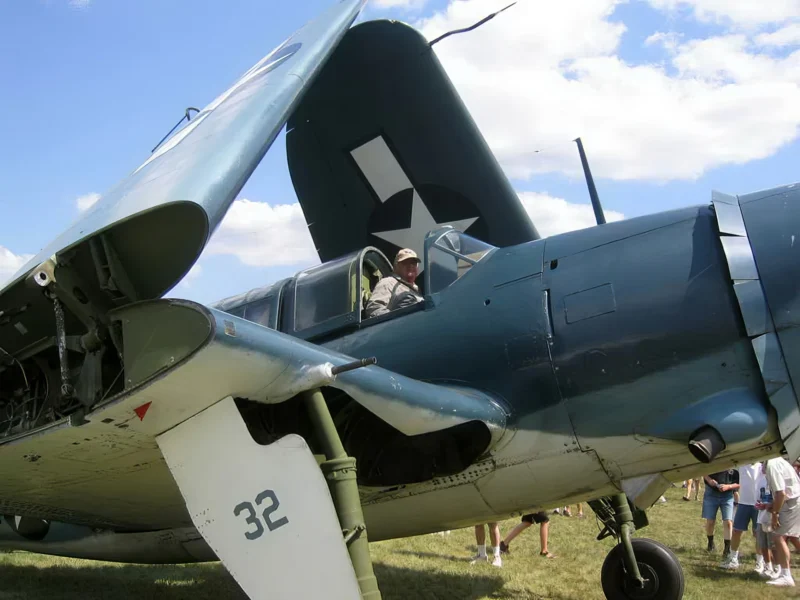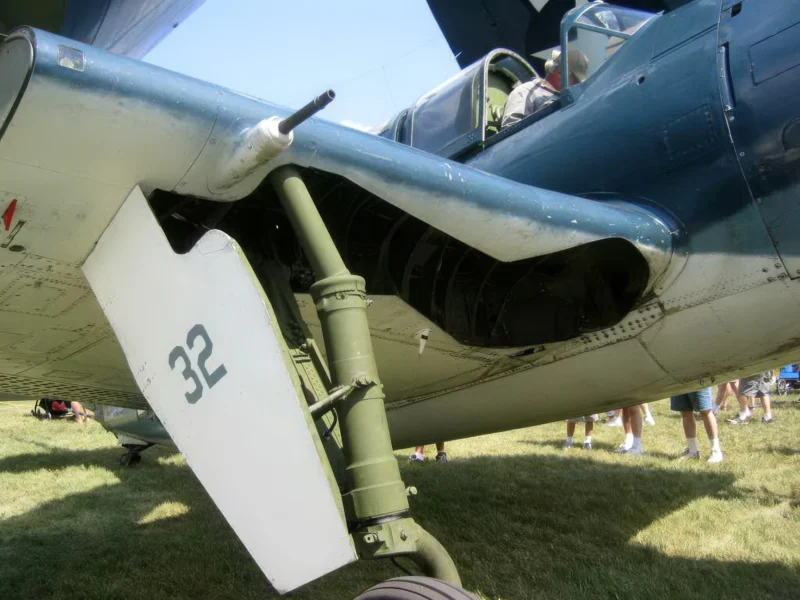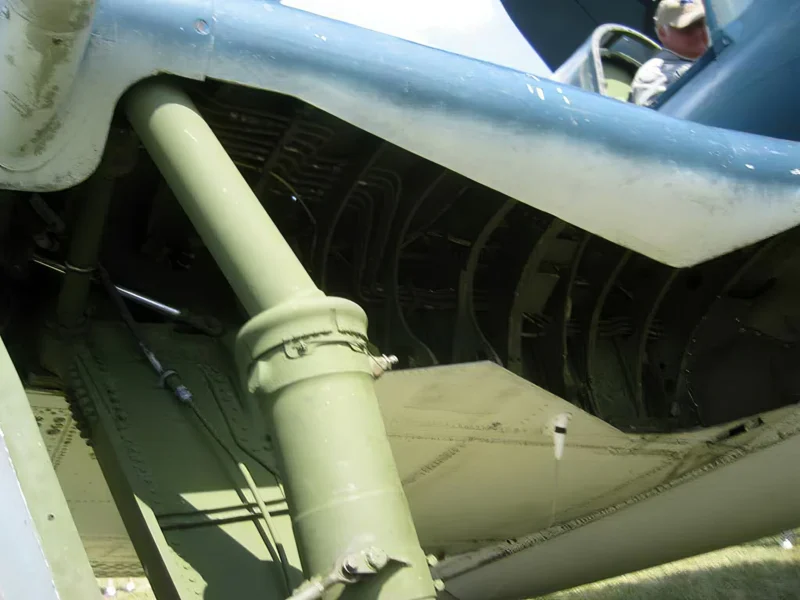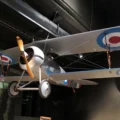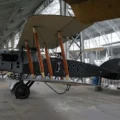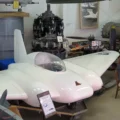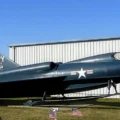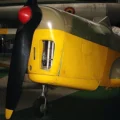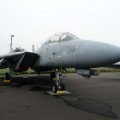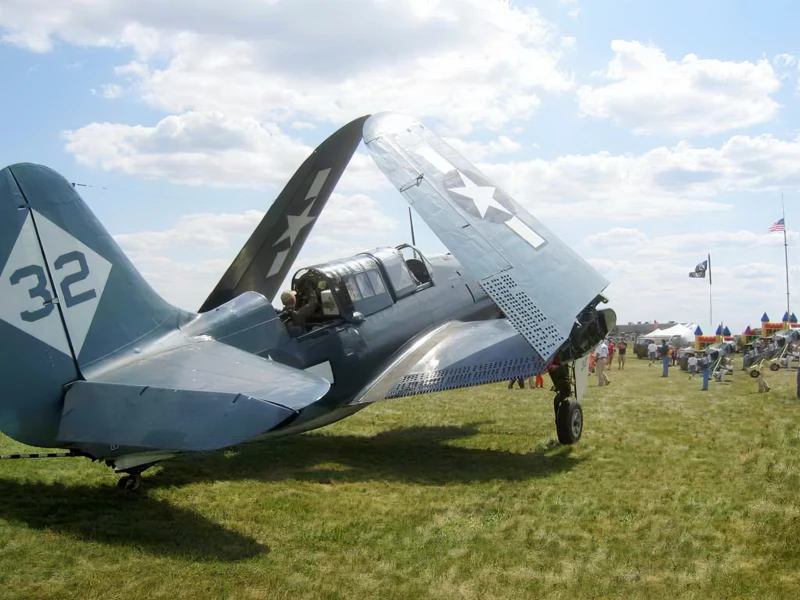
Curtiss SB2C-5 Helldiver | |
|---|---|
| Paese | Usa |
| digitare | Bombardier |
L'aereo SB2C Helldiver costruito dall'azienda Curtiss et que ses équipages ont surnommé «La bête» (The Beast) est un avion militaire qui a évolué durant la Seconde Guerre mondiale. L’usine Curtiss così come quello di Brewster ricevette un ordine dalla US Navy nel maggio 39 per provvedere alla sostituzione del Douglas SBD Dauntless come bombardiere in picchiata imbarcato sulle portaerei della US Navy. Il prototipo fece il suo primo volo di prova il 18 dicembre 1940 prima di essere distrutto in un incidente nei giorni successivi. Questo incidente causò l'accumulo del ritardo aggravato da numerose modifiche al progetto iniziale, con conseguente primo volo di produzione nel giugno 1942. La sua prima missione di guerra fu apparentemente effettuata solo l'11 novembre 1943 durante l'attacco che prese di mira il bombardamento dell'isola di Rabaul occupata dai giapponesi.
| Curtiss SB2C-5 Helldiver | |
|---|---|
| Fotografo | Inconsapevole |
| Localizzazione | Inconsapevole |
| Foto | 37 |
Vedi anche:
The Curtiss SB2C Helldiver was a single-engine, two-seat carrier-based dive bomber developed for the United States Navy during World War II. It was designed to replace the highly successful Douglas SBD Dauntless, offering greater speed, range, and ordnance capacity.
While designed to be a significant leap forward, the Helldiver suffered from numerous technical and handling problems during its early development and service introduction. Its challenging low-speed handling characteristics and large size earned it the notorious nicknames, such as “The Beast” e “Son-of-a-Bitch 2nd Class” (a play on its SB2C designation). Despite its poor reputation among pilots, extensive modifications eventually made it the principal U.S. Navy dive bomber in the Pacific theater, credited with sinking more Japanese naval tonnage than any other type.
The SB2C-5 Variant
The SB2C-5 was the final and most refined production version of the Helldiver series, featuring numerous improvements based on combat experience:
Armament and Payload
The Helldiver was built to carry a heavy and varied load of weapons, utilizing an internal bomb bay to maintain aerodynamic efficiency during flight:
| digitare | Details |
|---|---|
| Fixed Guns | 2 × 20 mm AN/M2 cannons mounted in the wings. |
| Defensive Guns | 2 × 7.62 mm (.30 cal) machine guns in a flexible dorsal mount for the rear gunner. |
| Internal Payload | Up to 2,000 lbs (907 kg) of bombs, or 1 × Mark 13-2 torpedo. |
| External Payload | Up to 8 × High Velocity Aircraft Rockets (HVAR) or additional bombs on underwing hardpoints. |
Key Design Characteristics
- Dive Brakes: Featured large, distinctive perforated (or “Swiss cheese”) split flaps that extended to slow the aircraft and prevent structural failure during steep, high-speed dives, ensuring accurate bomb release.
- Internal Bomb Bay: Allowed the Helldiver to carry its primary ordnance load completely within the fuselage, reducing drag compared to carrying bombs externally.
- Increased Fuel: The SB2C-5 variant had an increased fuel capacity, boosting its operational range.
- Canopy: Later models, including the -5, often featured a frameless canopy for the pilot to improve visibility.
The arrival of air-to-ground rockets and the development of more versatile fighter-bombers ultimately made the specialized dive bomber obsolete, cementing the Curtiss Helldiver as the last of its kind in U.S. Navy service.
Views : 4064
